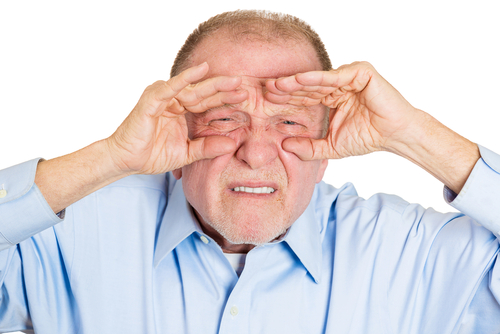DIAGNOSIS
You should see an eye doctor if you have:
- Twitching that persists for more than one week
- Twitching that completely closes an eyelid
- Spasms that involve other facial muscles
- Redness, swelling, or discharge from an eye
- A drooping upper eyelid
If your doctor suspects that a brain or nerve disorder is responsible for eye twitching, he or she will examine you for other common signs. You may be referred to a neurologist or other specialist.
RECOMMENDED MEDICATIONS
In most cases, minor eyelid twitch will disappear without you even noticing if you get enough rest and/or reduce or eliminate your intake of alcohol, tobacco, or caffeine. Blepharospasm does not occur while sleeping.
If you have dry eyes causing irritation of the cornea or conjunctiva, treating it with over-the-counter artificial tears will often relieve minor eyelid twitch.
So far, doctors have not found a successful cure for benign essential blepharospasm. But several treatment options may reduce its severity.
The most commonly recommended treatment for benign essential blepharospasm is botulinum toxin (also known as Botox or Xeomin). It’s approved for this use in both the U.S. and Canada. Botox is also commonly recommended for patients with hemifacial spasm.
When injected in very small quantities into the eye muscles, the drug may relieve spasms for several months. But the effect gradually wears off. Repeat injections are usually necessary.
In mild cases of benign essential blepharospasm, doctors sometimes recommend medications such as:
- Clonazepam
- Lorazepam
- Trihexyphenidyl
These usually provide only short-term relief and have been found to help in only about 15% of cases. Alternative treatments for benign essential blepharospasm include:
- Biofeedback
- Acupuncture
- Hypnosis
- Chiropractic
- Nutrition therapy


